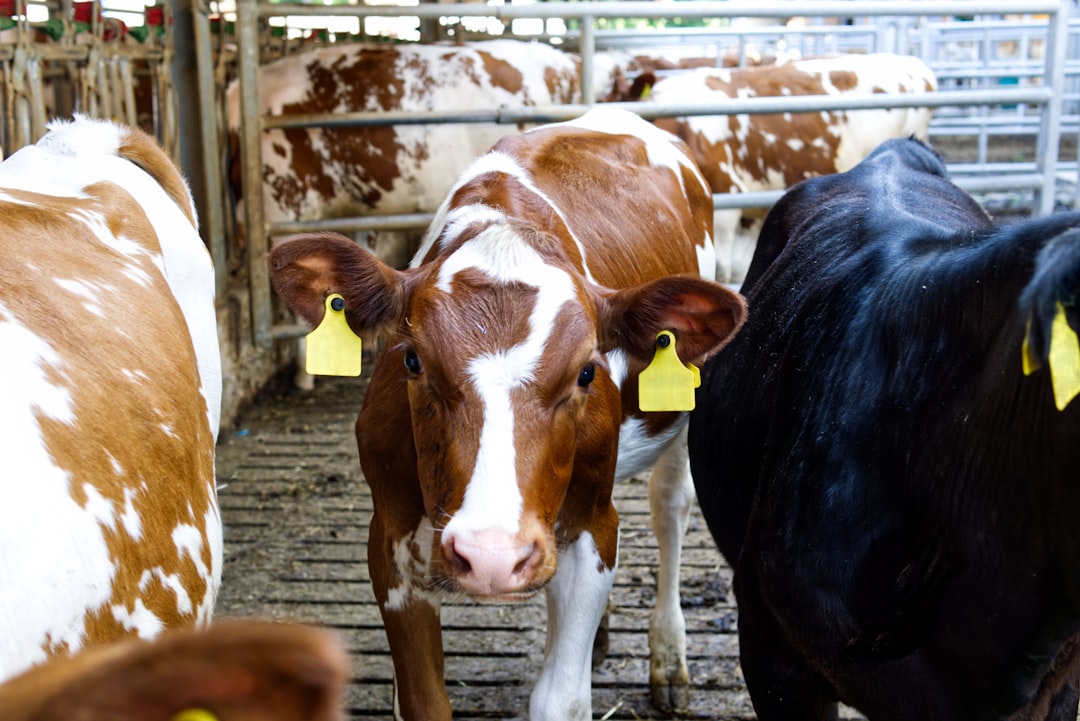Trade agreements and policy changes have a profound impact on dairy farmers globally, influencing market access, competitiveness, and profitability. These agreements can either open new opportunities or create challenges, depending on how they are structured and implemented. Here’s a comprehensive overview of the effects of trade agreements and policy changes on dairy farmers worldwide.
Benefits of Trade Agreements for Dairy Farmers
Trade agreements can significantly enhance the economic status of dairy farmers by:
-
Market Access
-
Agreements like the Trans-Pacific Partnership (TPP) and the U.S.-Mexico-Canada Agreement (USMCA) expand market access for dairy exporters, allowing them to reach new consumers and increase sales.
-
For example, the TPP provides U.S. dairy farmers with greater access to key Asian markets, enhancing their competitiveness.
-
-
Reduced Trade Barriers
-
Trade agreements often reduce tariffs and quotas, making it easier for dairy products to enter foreign markets.
-
This reduction in trade barriers helps level the playing field for U.S. dairy exporters, enabling them to compete more effectively with international competitors.
-
-
Economic Growth
-
Increased exports can lead to higher incomes for dairy farmers, contributing to local economic growth and job creation.
-
In countries like Ireland, increased dairy exports have driven significant economic benefits, with agricultural output growing annually.
-
Challenges Posed by Trade Agreements
While trade agreements offer opportunities, they also present challenges for dairy farmers:
-
Competition and Market Disruption
-
Opening markets to international competition can disrupt local dairy industries, particularly if domestic producers are not prepared to compete on price and quality.
-
For instance, increased imports can lead to market saturation and lower prices for local dairy products.
-
-
Regulatory Compliance
-
Dairy farmers must comply with various regulations and standards set by trade agreements, which can be costly and complex.
-
Ensuring compliance with sanitary and phytosanitary (SPS) measures, for example, requires significant investment in infrastructure and training.
-
-
Tariff and Quota Limitations
-
Despite reduced barriers, tariffs and quotas can still limit market access and create uncertainty for dairy exporters.
-
These limitations can lead to price volatility and affect the profitability of dairy farming operations.
-
Policy Changes and Their Impact
Policy changes, including government support and subsidies, can significantly influence the dairy industry:
-
Government Support
-
Subsidies and support programs can enhance the competitiveness of dairy farmers by reducing production costs.
-
However, these policies can also distort market dynamics and create dependencies on government aid.
-
-
Regulatory Frameworks
-
Strict regulations can protect local industries but may also limit innovation and efficiency.
-
Balancing consumer safety with market access is crucial for maintaining a competitive dairy sector.
-
Conclusion
Trade agreements and policy changes play a critical role in shaping the dairy industry worldwide. While these agreements offer opportunities for growth and increased market access, they also present challenges related to competition and regulatory compliance. By navigating these complexities effectively, dairy farmers can capitalize on new markets and contribute to sustainable agricultural development.
Additional Resources
For more detailed information on the impact of trade agreements and policy changes on dairy farmers, consider the following resources:
-
Trade Reports: Review reports from organizations like the USDA Economic Research Service for insights into dairy trade trends and policy impacts.
-
Policy Briefs: Explore policy briefs from the National Milk Producers Federation (NMPF) for updates on U.S. dairy trade policies.
-
Global Trade Studies: Consult studies highlighting the effects of trade agreements on dairy producers worldwide.
Citations:
- https://www.usda.gov/sites/default/files/documents/US-Dairy-and-Free-Trade-Agreements.pdf
- https://www.thebullvine.com/news/how-global-dairy-trade-fuels-success-for-farmers-worldwide-the-essential-connection/
- https://www.thebullvine.com/news/global-dairy-trade-key-insights-every-dairy-farmer-should-know/
- https://www.nmpf.org/issues/trade-policy/foreign-market-access-development/
- https://ec.europa.eu/commission/presscorner/detail/en/ip_24_1001
- https://openknowledge.fao.org/bitstreams/a5215a5f-1d72-4b37-a8b2-f3ad9953c212/download
- https://news.cornell.edu/stories/2025/03/renegotiated-trade-deal-benefits-us-dairy-producers
- http://www.ers.usda.gov/topics/animal-products/dairy/trade

Comments
No comments yet. Be the first to comment!
You must be logged in to comment. Login